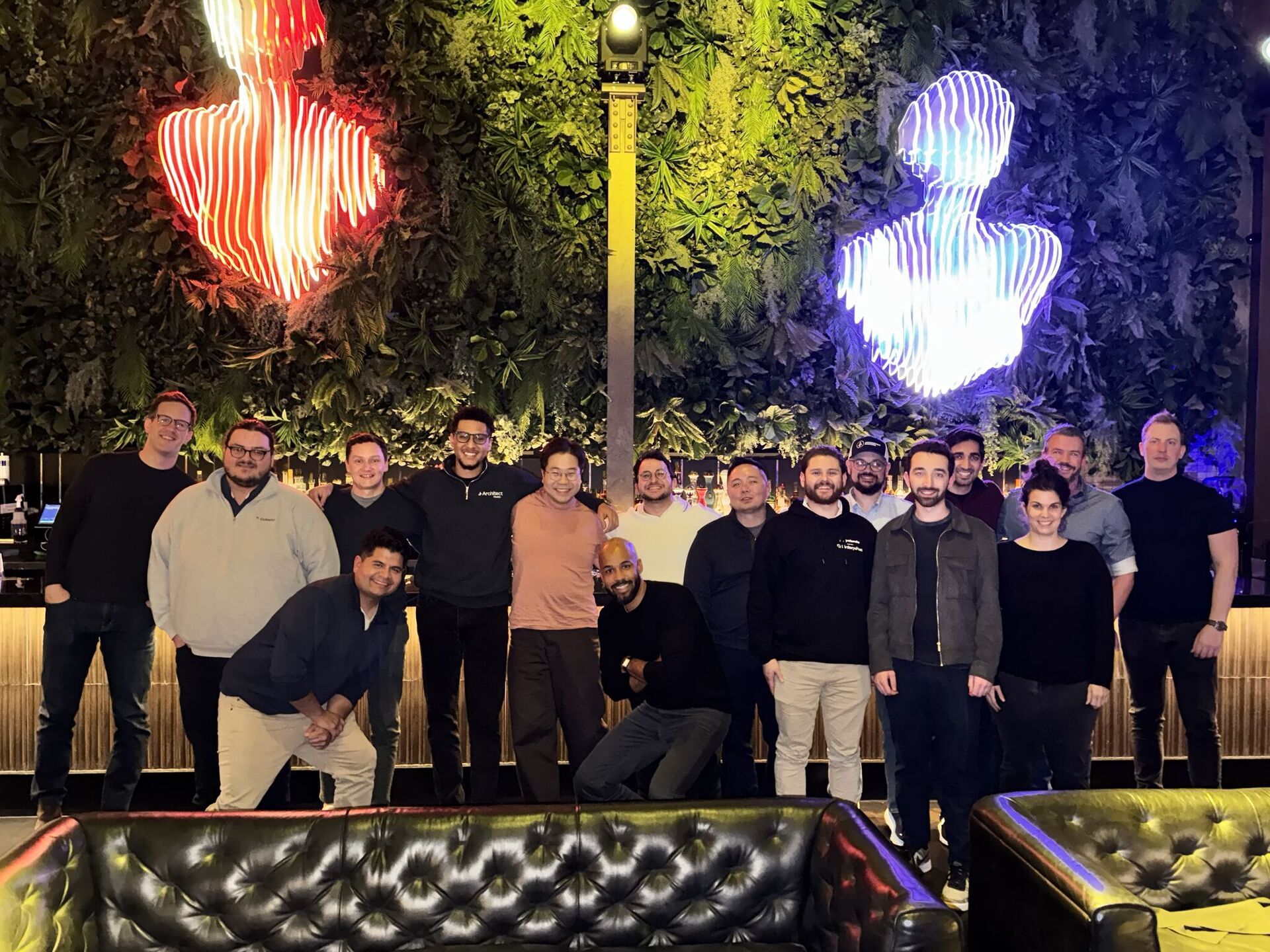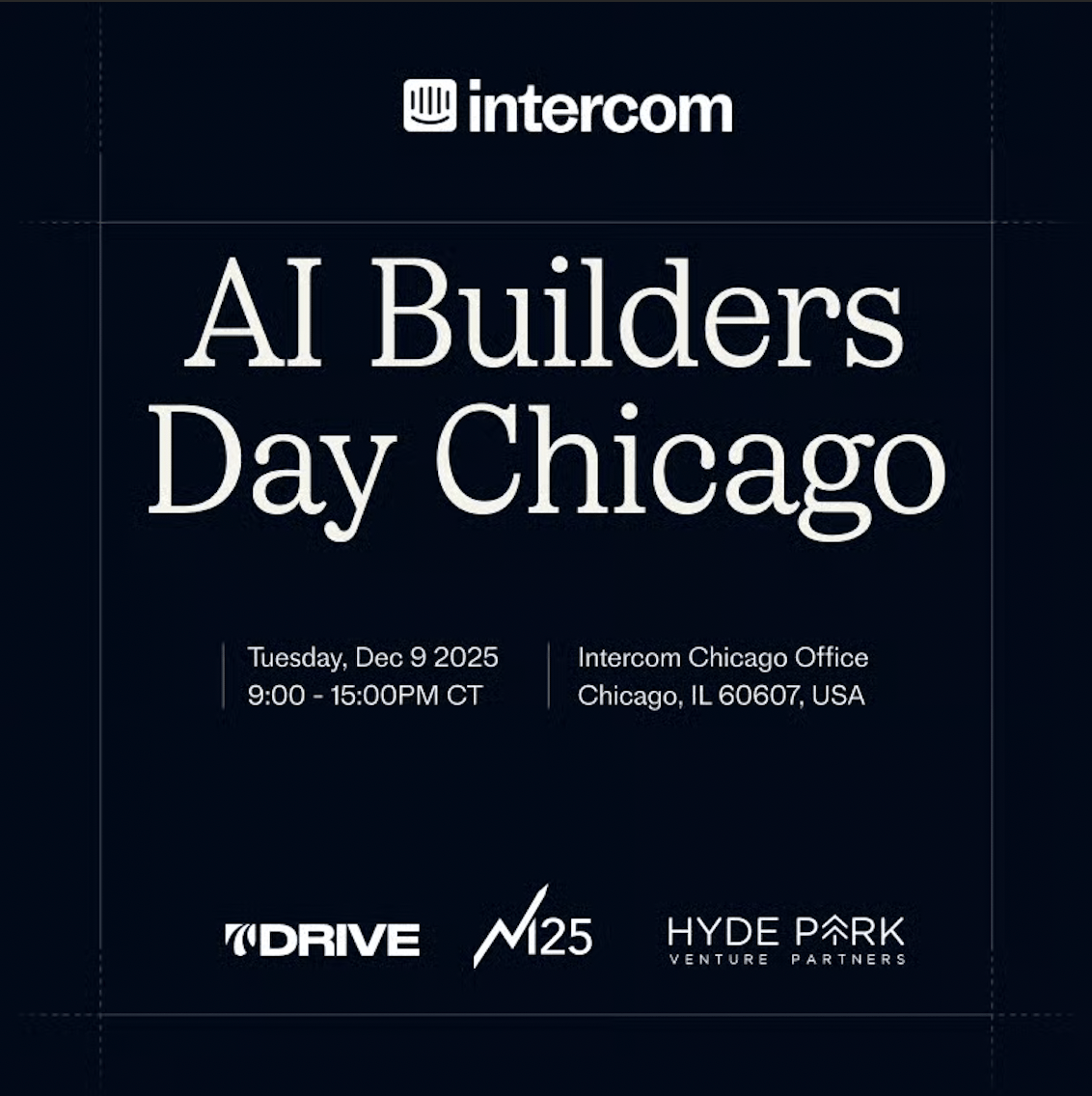✍🏽 Welcome to Landon’s Loop: your weekly read on Chicago startups!
In this week’s edition #136:
- Chicago Trading Floor gets a second chance
- AI Builder Day Chicago in two weeks
Last Week in Chicago
We hosted a private dinner for Seed to Series B founders in Chicago called the Multi Agent Supper Club:

We held a GEO (Generative Engine Optimization) meetup focused on with one of our portcos Yolando:

We hosted our monthly Data Night @ Drive with our friends at UChicago’s Data Science Institute:

Chicago Trading Floor Brings the Energy Back

The Chicago Board of Trade at 333 S LaSalle is being cleared out. Not for an office or luxury apartments, but for a ComEd electrical substation.
This matters because it represents a fundamental shift in what cities compete on. For most of the 20th century, Chicago's downtown was about accumulation of capital and information. Traders gathered physically because that's where markets happened.
Now electricity is becoming the scarce resource: data centers, AI, and EV charging networks pull power like traders once pulled attention.
Chicago is making a bet that it can own this transition.

Why an Old Trading Floor
The CBOT building was engineered for intensity. Heavy machinery, massive cooling systems, reinforced infrastructure, secured access, cable runs designed to move hundreds of signals per second.
A trading floor, structurally speaking, is already half a power substation.
ComEd recognized this, and rather than tear down and rebuild, the utility is adapting existing infrastructure.
The building can handle the load, the location sits well within the grid, and the security perimeter is already in place. Repurposing is faster than new construction.

For a decade, Chicago's power demand flatlined. Factories moved out. Offices emptied at 5PM. Our city had capacity to spare.
That's changing. Demand is climbing 3% annually now reversing years of stagnation. AI training requires consistent, abundant power. EV charging networks need distributed capacity.
Data centers, once pushed to the suburbs where land is cheap, are moving back downtown because proximity to users and to each other matters more than real estate costs.
The constraint in today's tech economy isn't compute anymore. It's where to plug it in.
Chicago Is Positioned
This is where geography still matters. Chicago has three advantages most cities don't have:
The nation's largest nuclear fleet
We sit at the center of the largest transmission network aka the actual physical core where power flows through
The Great Lakes for cooling
These aren't things a city can build quickly.
This is the beginning of a downtown energy infrastructure strategy that pulls high density computing back into the urban core, closer to reliable power, closer to talent, closer to customers.
The Loop's Next Chapter
The trading floor once shaped global derivatives markets through human attention. Its replacement will power the digital systems that follow.
Chicago has the density, the aging housing, and now the substation capacity to think the same way.
The city that once dominated through information is positioning itself to dominate through energy.
The question isn't whether data centers belong downtown. It's whether Chicago will integrate them creatively with what already exists.
AI Builder Day Chicago
I’ve partnered with Intercom to help bring AI Builders Day Chicago to life!

Join us in two weeks on December 9th at the Intercom Chicago office for fireside chats, networking, and working sessions:
Startups who switch to Intercom can save up to $12,000/year
Startups who read beehiiv can receive a 90% discount on Intercom's AI-first customer service platform, plus Fin—the #1 AI agent for customer service—free for a full year.
That's like having a full-time human support agent at no cost.
What’s included?
6 Advanced Seats
Fin Copilot for free
300 Fin Resolutions per month
Who’s eligible?
Intercom’s program is for high-growth, high-potential companies that are:
Up to series A (including A)
Currently not an Intercom customer
Up to 15 employees



